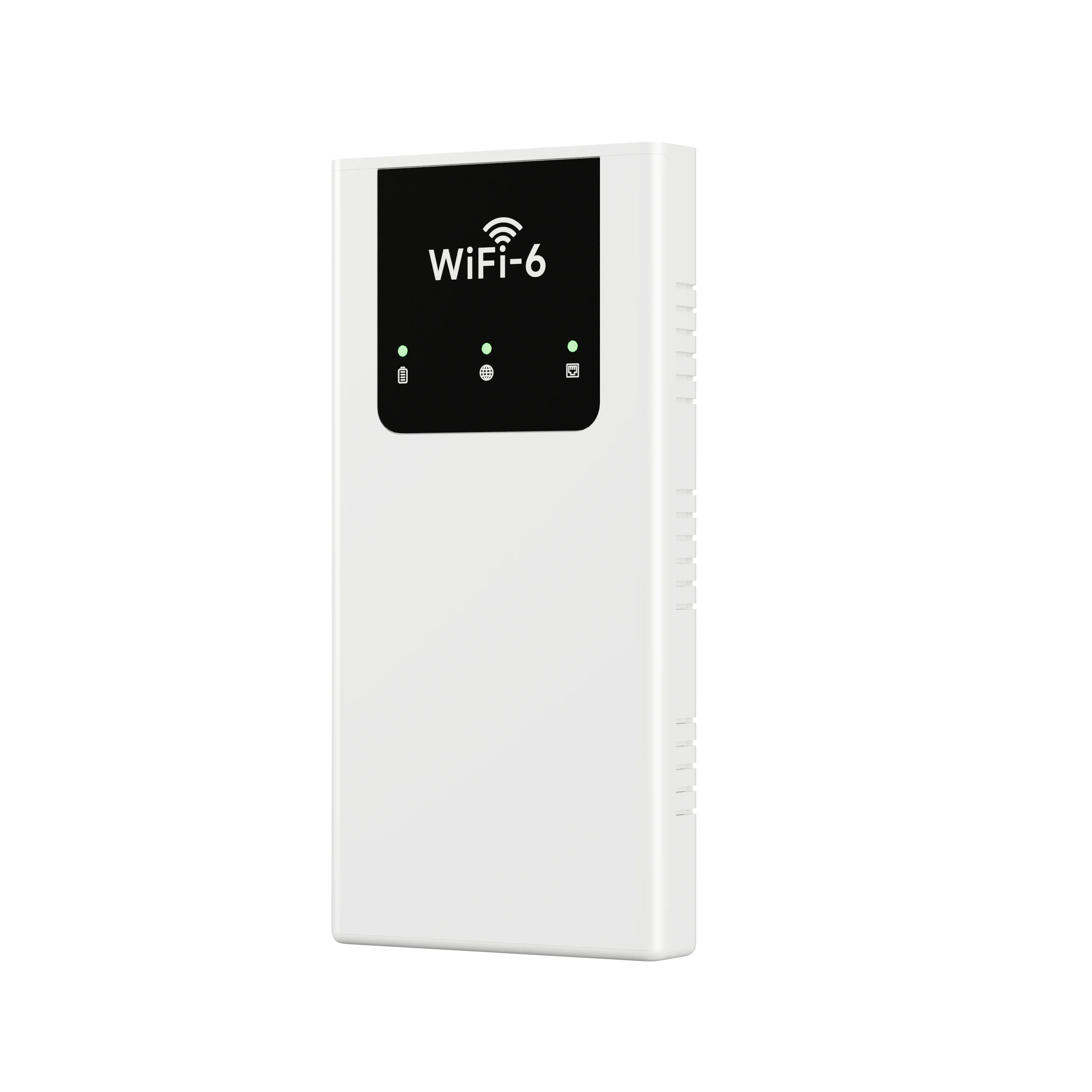In the realm of modern automotive technology, the electric brake control module (EBCM) plays a pivotal role in ensuring vehicle safety and performance. As vehicles become increasingly sophisticated, understanding the intricacies of their components is essential for both automotive professionals and enthusiasts alike. This article delves into the common faults associated with the electric brake control module, providing insights into their causes, symptoms, and potential solutions.
What is the Electric Brake Control Module?
The electric brake control module is an integral component of a vehicle's braking system, particularly in vehicles equipped with anti-lock braking systems (ABS) and electronic stability control (ESC). The EBCM is responsible for monitoring and controlling the braking system's performance, ensuring optimal braking force is applied to each wheel. It communicates with various sensors and other control modules to enhance vehicle stability and prevent wheel lock-up during braking.
Common Faults of the Electric Brake Control Module
- Electrical Failures
One of the most prevalent issues with the EBCM is electrical failure, which can stem from a variety of sources. Poor connections, corroded wiring, or damaged connectors can disrupt the flow of electricity, leading to erratic behavior or complete module failure. Symptoms of electrical failure may include warning lights on the dashboard, inconsistent braking performance, or the ABS system becoming inoperative. - Software Glitches
As vehicles become more reliant on software for functionality, glitches in the EBCM's programming can lead to significant issues. These software faults can manifest as false error codes, leading to unnecessary repairs or component replacements. Regular software updates and diagnostic checks are essential to mitigate these risks. - Sensor Malfunctions
The EBCM relies on various sensors, such as wheel speed sensors and brake pressure sensors, to function correctly. If any of these sensors fail or provide inaccurate readings, the EBCM may not be able to apply the correct braking force. Symptoms of sensor malfunctions include uneven braking, the ABS warning light illuminating, or the vehicle experiencing a loss of traction control. - Overheating
Overheating can occur due to prolonged use or excessive load on the braking system. When the EBCM overheats, it may enter a fail-safe mode, limiting braking performance to prevent further damage. Signs of overheating include a burning smell, smoke from the brakes, or a sudden loss of braking power. - Mechanical Failures
While the EBCM is primarily an electronic component, it is still susceptible to mechanical failures. Issues such as a stuck brake caliper or worn brake pads can place undue stress on the EBCM, leading to premature wear or failure. Regular maintenance and inspections are crucial to identify and rectify these mechanical issues before they escalate.
Diagnosing EBCM Faults
Diagnosing faults within the electric brake control module requires a systematic approach. Here are some steps to consider:
- Visual Inspection: Begin with a thorough visual inspection of the EBCM and its associated wiring and connectors. Look for signs of corrosion, damage, or loose connections.
- Diagnostic Scanning: Utilize an OBD-II scanner to retrieve any fault codes stored in the vehicle's computer. This can provide valuable insights into the specific issues affecting the EBCM.
- Sensor Testing: Test the functionality of the wheel speed and brake pressure sensors to ensure they are providing accurate readings to the EBCM.
- Software Updates: Check for any available software updates for the EBCM, as manufacturers often release patches to address known issues.
Solutions and Preventive Measures
Addressing faults in the electric brake control module can vary in complexity depending on the issue at hand. Here are some potential solutions:
- Repair or Replace Wiring: If electrical failures are identified, repairing or replacing damaged wiring and connectors can restore functionality.
- Reprogramming or Updating Software: In cases of software glitches, reprogramming the EBCM or updating its software can resolve the issue.
- Sensor Replacement: If faulty sensors are detected, replacing them promptly can prevent further complications.
- Regular Maintenance: Implementing a routine maintenance schedule that includes brake inspections can help identify potential issues before they lead to EBCM faults.
Conclusion
The electric brake control module is a critical component of modern braking systems, and understanding its potential faults is essential for maintaining vehicle safety and performance. By recognizing the signs of EBCM issues and taking proactive measures, vehicle owners can ensure their braking systems operate effectively, contributing to a safer driving experience. As automotive technology continues to evolve, staying informed about these components will empower drivers and technicians alike to navigate the complexities of modern vehicles with confidence.


